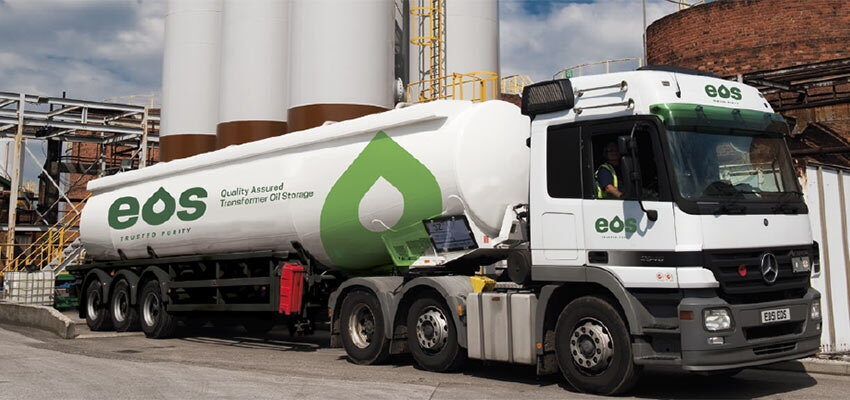
“Closed-loop” model for transformer oil regeneration
Abstract Electricity utilities across Europe are under increasing pressure to meet regulatory requirements for both environmental and cost-efficient energy supply. A well-established option in asset...
byEOS

Abstract
Electricity utilities across Europe are under increasing pressure to meet regulatory requirements for both environmental and cost-efficient energy supply. A well-established option in asset management is the recycling of transformer oils. With the smart “closed-loop” model, EOS is supporting the industry to meet the required objectives. Through best practices, used transformer oil is collected and regenerated to as-new oil quality and fed back into the circular economy providing multiple benefits to both companies and the environment.
Keywords: regeneration, oil quality, environment
Introduction
Based on the continued focus on environmental awareness, increased regulations, cost restraints and effectiveness in managing key assets, it is important to review the options available to asset managers in the electricity supply industry. A key factor in recent years has been transformer life extension and the various possibilities to effectively manage insulating oil. “A transformer’s insulation system ultimately defines the lifetime of the transformer,” says Tom Larney, Vice President Electrical Oil Services (EOS) and adds: “Unfortunately we see that in many cases transformers are old or maintained poorly. It could be very simple and cost-efficient to extend their service life by regular checking the oil quality and taking the appropriate steps instead of waiting and re-investing in a new transformer once they fail.”
Reliable performance based on insulating oil quality
The reliable performance of a transformer depends upon certain basic insulating oil characteristics. In order to accomplish its multiple roles of dielectric, coolant and arc-quencher, the oil needs to possess certain properties in particular high dielectric strength, sufficiently low viscosity, adequate low-temperature properties and resistance to oxidation. In service, mineral oil degrades due to the conditions of use. In many applications, insulating oil is in contact with air and is therefore subject to oxidation. Elevated temperatures accelerate degradation. The presence of metals, organo-metallic compounds or both may act as a catalyst for oxidation. Changes in colour, the formation of acidic compounds and, at an advanced stage of oxidation, precipitation of sludge may occur. Dielectric, and in extreme cases thermal, properties may be impaired and the transformer could fail.







